Central Otago has the most distinctive climate in New Zealand. Mountain ranges surround the Region on all sides, sheltering it from rain in every direction; this has created a semi-continental, semi-arid climate with hot summers and cold winters.
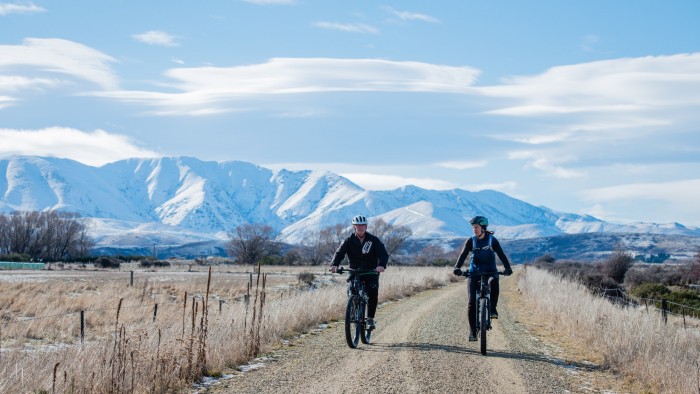
Central Otago was founded on gold – old stone buildings, dredgings, water races, stamping batteries, even place names – all are reminders of these early intrepid explorers.
Only a few pastoral farmers and shepherds lived away from the coast in the 1850s. But when gold was discovered in Lawrence in 1861 thousands of hardy, adventurous young men arrived to seek their fortune, and they were soon exploring the rocky valleys and streams all over Central, fossicking firstly for alluvial gold.
Rumours would have hoards of diggers rushing to new goldfields. The “Dunstan Diggings” in the Cromwell Gorge (1862) resulted in the shantytown of Clyde quickly becoming the most populated town in New Zealand.
Water has been called the “white gold” of Central Otago. The Clyde Dam is a valuable resource in the region – but by harnessing the power of the mighty Clutha River it has changed the landscape forever.
The last task of the Otago Central Railway was to transport supplies for the construction of New Zealand’s largest concrete gravity dam at Clyde, which was completed in 1989. A new highway to Cromwell had to be built higher up the mountain slope. Lake Dunstan was then gradually filled, swamping several homes and orchards in the scenic, rocky Cromwell Gorge, as well as flooding the lower levels of the old, historic Cromwell town.
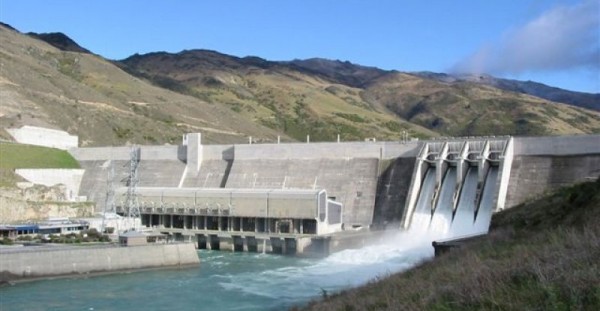
The wild white-water rapids in the Clutha were gone for good but the resulting Lake Dunstan is now a playground for boaties and fishermen and an important rowing venue.
Despite the rivers and lakes in this region it is the early gold miners that can be thanked for its irrigation schemes.
‘Water races’ were dug for many kilometres across steep hillsides to channel water down to the diggers sluicing for gold. After the mining days Otago farmers began to use the water races to irrigate their farms in the valleys below. The Government supported farmers by building storage dams and more water channels, also creating much-needed jobs during the 1930s Depression.
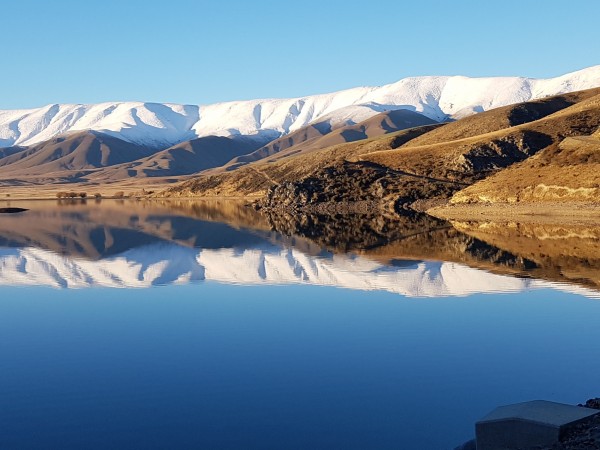
Many farmers are now shareholders in irrigation schemes that are still using some of the old dams and water races.
The first farmers in Central made their gold from the sheep’s back (their “golden fleece”) – real gold took over for a decade – then it was back to the sheep again.
Merino sheep still thrive in the dry hill country bordering the Trail and clothing made from their fine, soft wool has become very desirable in recent years.
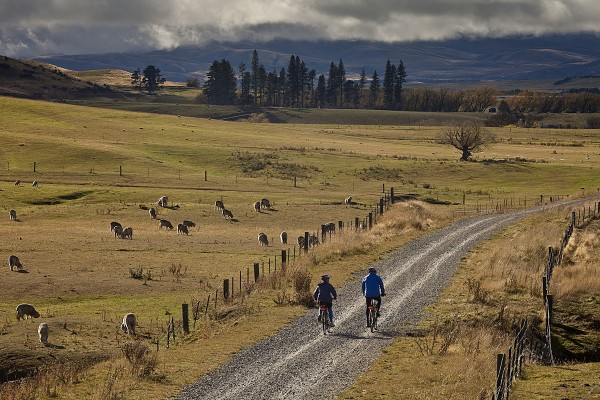
Beef cattle, deer and various sheep breeds also do well on the local farms, while the spread of irrigation means that the more profitable dairy farming is now possible.
Central Otago is often called a “World of Difference” – and part of that difference is caused by what is under the ground – the rocks.
The land mass that is now Central Otago was formed over millions of years and it contains the largest area of metamorphic rock in New Zealand – which affects the landscape.
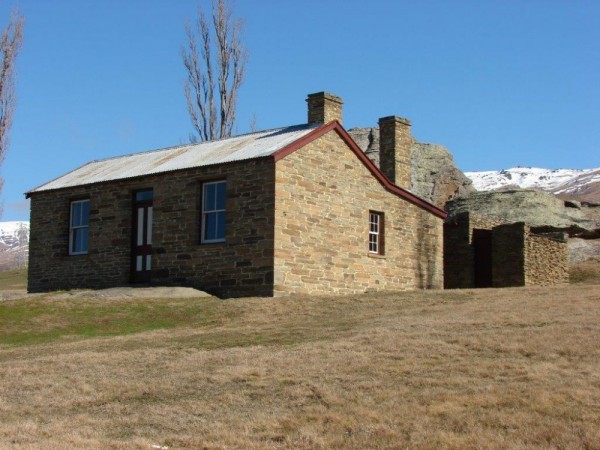
The numerous mountain ranges which border the Rail Trail are mostly “flat-topped” – the Dunstans, the Rock and Pillars, Rough Ridge, and the favourite of artists and photographers - the Hawkduns. Long ago, sedimentary rocks were heated and compressed deep under ground, forming metamorphic schist – we see this rock everywhere in Central, in old cottages and buildings and in the rocky tors scattered along the hilltops.
